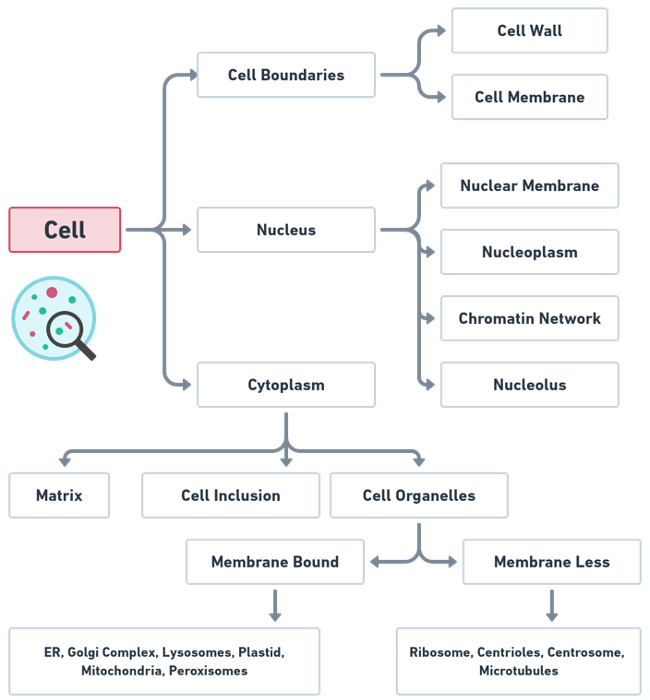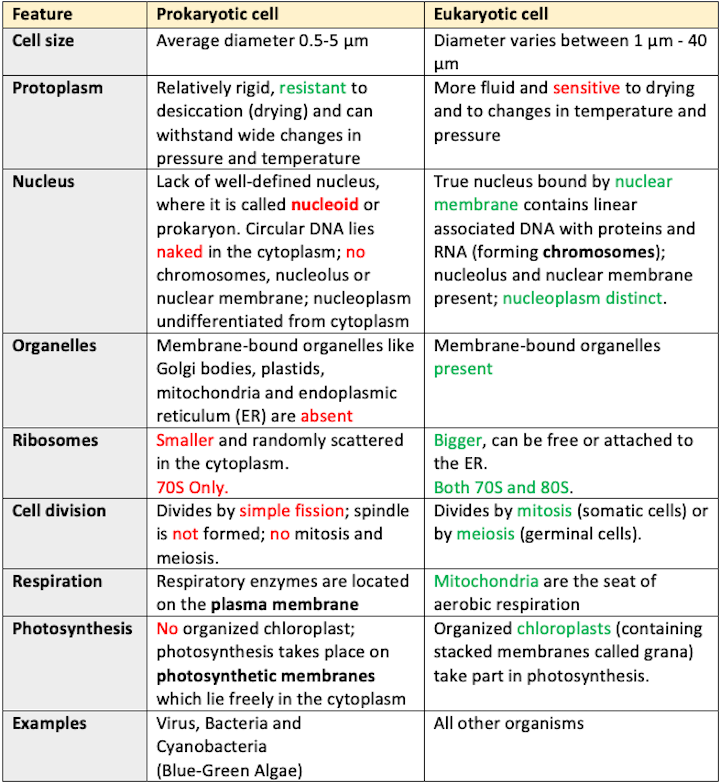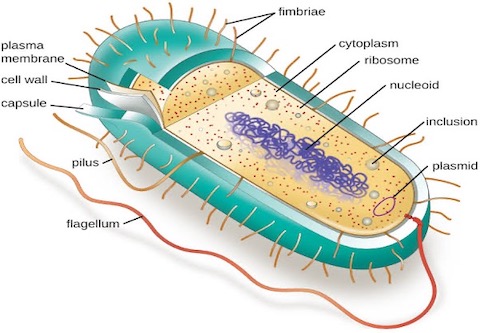🐣 Cell Basics
Learn about Basics of a Cell
Cell
- The word cell is derived from the
Latinword “Cellula” which means a little room. An English scientist,Robert Hooke, discovered the cell in 1665 while examining thin section of cork under his simple microscope. (Term Cell → Robert Hooke) - He observed a mass of empty hexagonal chambers like a honeycomb and called the compartment cells (dead).
- Robert Hooke wrote the book Micrographia.
- A cell is the structural and functional unit of life and is defined as a mass of protoplasm bounded by a plasma membrane.
- In 1838, a German botanist,
Schleidenand in 1839, a German zoologist,Schwannproved that the plants and animals are cellular in character and founded the cell theory. They postulated that thecell is the basic unit of all life. - In 1861, De Bary and Schultze put forward ‘Protoplasm theory’ means the cells (units of plants and animals) are tiny masses of protoplasm, each containing a nucleus.
- In 1884, Strasburger concluded that the nucleus is related to inheritance of characters.
- In 1885, Virchow proposed the idea that
all cells arise from pre-existing cells. - The size of majority of cells is 3-30 µ.
- Smallest cell:
PPLO: size : 0.1-0.5 µ; PPLO means pleuro-pneumonia like organism. - Largest cell:
Ostrich egg: size: 170mm x 135mm - Largest cell in human body:
Nerve cell: Size: 90 µ in length. - Resolving power of human eye: 100 µ.
- Resolving power of Light Microscope: 3000 A° or (0.3 µ)
- Resolving power of Electron microscope: 0.25 A° (1 µ = 10-6 m; 1 A° = 10-10 m).
- Structurally the cell is formed of three parts viz.
- Cell boundaries
- Cytoplasm
- Nucleus


- Hyaloplasm under electron microscope:
- The hyaloplasm, which refers to the clear, fluid portion of the cytoplasm, contains water, minerals, ions, amino acids, sugars, etc.
- Plasma membrane
- Endoplasmic Reticulum
- Smooth
- Rough (with Ribosome)
- Dictyosomes (Golgi apparatus of plants)
- Lysosomes
- Tonoplast (Vacuole)
- Spherosomes
- Plasmodesmata
Differences between prokaryotic and eukaryotic cells


Prokaryotic Cell (Bacteria)

Plasma membrane/Cell membrane/Plasma lemma

- It is the extremely delicate, thin, elastic and living membrane which surrounds a cell.
- In plant cell, it is present on the inner side of the cell wall. It is made up of two layers of lipid (fat) molecules (size 35 A°) with protein molecules (each 20 A°) sandwiching it and embedded in it.
- It is a
lipo-proteinmembrane.- Protein (20 A° thickness)
- Lipid, bilayer (35 A°)
- Protein (20 A°) monolayer
- Total thickness of the membrane is 75 A° - 100 A°
- Plasma membrane is a selectively permeable (semi-permeable) membrane and its function is osmoregulation of molecules. It protects the internal structures and gives shape and rigidity to cell.
- In animal it is the outermost structure of the cell and hence called `ectoplast’.
- Plasma membrane is absent in virus.
- Sialic acid is a constituent of the cell membrane. It acts as a cell receptor. It is a monosaccharide with a nine-carbon atom.
- Membrane less Cell Organelles: Ribosome, Centriole, Centrosome, Microtubules.
- Single Membrane bound Cell Organelles:
Peroxisomes,Lysosomes,Sphaerosome,Glyoxysomes - Double Membrane bound Cell Organelles:
Nucleus,Mitochondria,Chloroplast
Cell
- The word cell is derived from the
Latinword “Cellula” which means a little room. An English scientist,Robert Hooke, discovered the cell in 1665 while examining thin section of cork under his simple microscope. (Term Cell → Robert Hooke) - He observed a mass of empty hexagonal chambers like a honeycomb and called the compartment cells (dead).
- Robert Hooke wrote the book Micrographia.
- A cell is the structural and functional unit of life and is defined as a mass of protoplasm bounded by a plasma membrane.
- In 1838, a German botanist,
Schleidenand in 1839, a German zoologist,Schwannproved that the plants and animals are cellular in character and founded the cell theory. They postulated that thecell is the basic unit of all life. - In 1861, De Bary and Schultze put forward …
Become Successful With AgriDots
Learn the essential skills for getting a seat in the Exam with
🦄 You are a pro member!
Only use this page if purchasing a gift or enterprise account
Plan
Rs
- Unlimited access to PRO courses
- Quizzes with hand-picked meme prizes
- Invite to private Discord chat
- Free Sticker emailed
Lifetime
Rs
1,499
once
- All PRO-tier benefits
- Single payment, lifetime access
- 4,200 bonus xp points
- Next Level
T-shirt shipped worldwide

Yo! You just found a 20% discount using 👉 EASTEREGG

High-quality fitted cotton shirt produced by Next Level Apparel